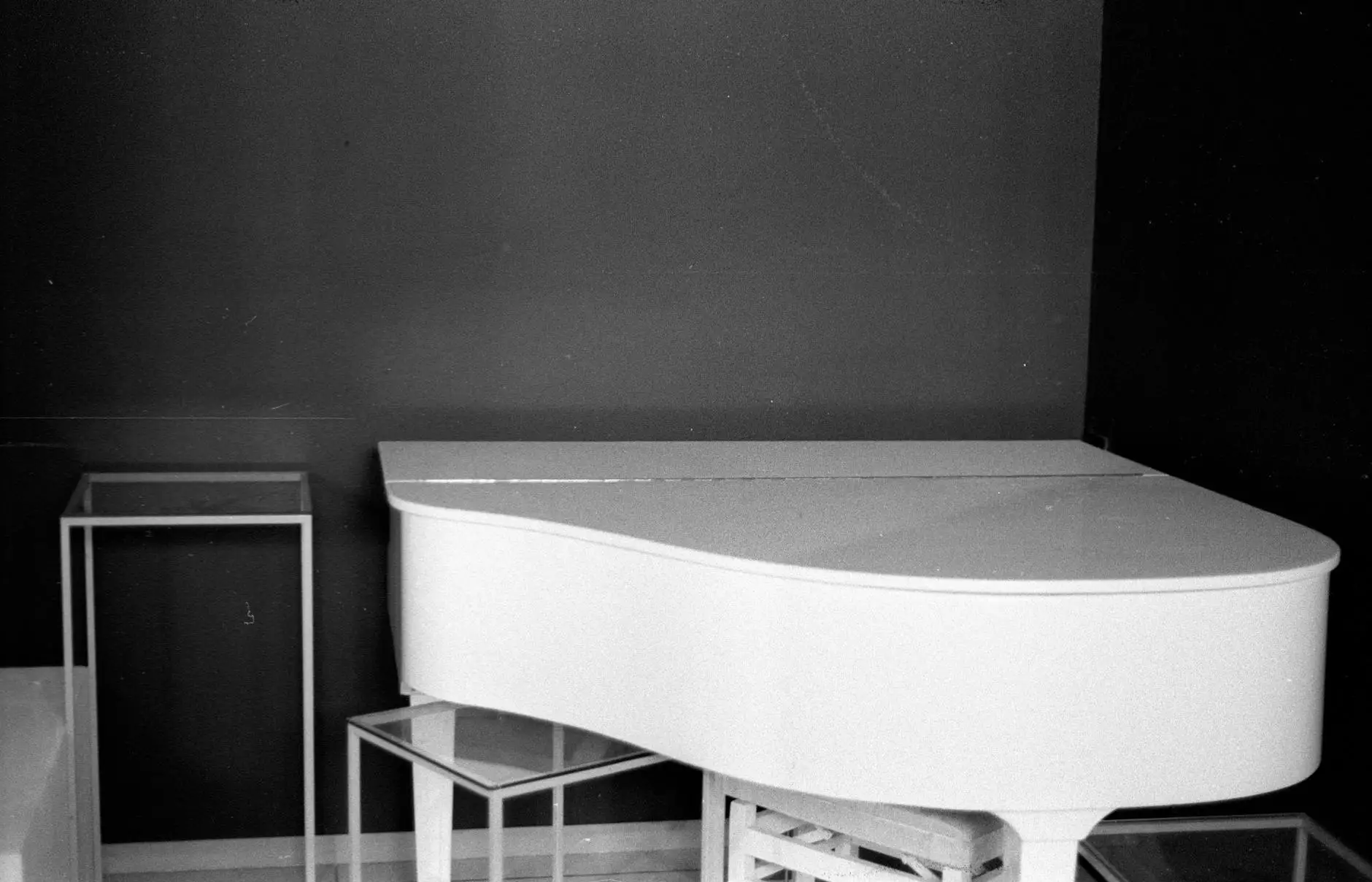Understanding Limited Shoulder Internal Rotation: Causes, Effects, and Solutions

Limited shoulder internal rotation is an often-overlooked condition that can have significant impacts on a person’s daily activities, sports performance, and overall quality of life. Understanding the causes, effects, and available treatment options can empower individuals to take actionable steps toward recovery.
What is Limited Shoulder Internal Rotation?
Shoulder internal rotation refers to the movement of the shoulder joint that allows the arm to rotate toward the body. When this movement is limited, it can hinder various activities, such as reaching behind the back, throwing, or performing overhead exercises. A normal range of shoulder internal rotation varies, but typically, adults can achieve anywhere from 60 to 90 degrees of internal rotation comfortably.
Causes of Limited Shoulder Internal Rotation
1. Muscle Imbalances
Muscle imbalances around the shoulder can lead to restricted movement. Tightness in certain muscles, such as the pectoralis major or subscapularis, can inhibit the shoulder's ability to internally rotate effectively. Conversely, weakness in the external rotators can also play a role.
2. Injuries
Injuries to the shoulder, such as rotator cuff tears or labral tears, can cause pain, inflammation, and ultimately limited range of motion. Repetitive stress injuries are particularly common in athletes who frequently engage in overhead sports.
3. Postural Issues
Poor posture can affect shoulder function. For example, rounded shoulders can restrict the shoulder blade’s ability to glide properly on the rib cage, leading to limited rotation. This is often exacerbated by prolonged sitting or computer use.
4. Capsular Tightness
The shoulder joint is surrounded by a capsule of connective tissue. If this capsule becomes tight (a condition known as adhesive capsulitis or frozen shoulder), it can severely restrict the range of motion, including internal rotation.
5. Arthritis
Degenerative joint diseases like osteoarthritis can lead to joint stiffness and pain that consequently limit shoulder movements. This can be observed particularly in older adults.
Effects of Limited Shoulder Internal Rotation
Having limited shoulder internal rotation can significantly impact an individual’s life:
1. Reduced Functional Ability
Activities such as dressing, reaching for a seatbelt, or lifting objects overhead can become challenging, creating a negative impact on everyday life.
2. Sports Performance Decline
Athletes, especially those involved in sports that require overhead movement like swimming, baseball, or tennis, may experience a decline in performance due to restricted shoulder motion. This can lead to compensation patterns, potentially causing additional injuries.
3. Persistent Pain
Limited range of motion can be accompanied by pain, especially during specific activities. Over time, this can lead to chronic pain conditions if not addressed.
Treatment Options for Limited Shoulder Internal Rotation
Fortunately, multiple effective treatment options are available to improve shoulder mobility:
1. Chiropractic Care
Chiropractors can perform adjustments to the spine and shoulder to restore proper alignment and function. By addressing musculoskeletal issues, chiropractic care can help reduce pain and improve mobility.
2. Physical Therapy
Working with a physical therapist can provide individualized exercise programs aimed at improving strength, flexibility, and range of motion. Techniques may include:
- Stretching Exercises: Targeting tight muscle groups to promote elasticity.
- Strength Training: Conducting exercises to strengthen weak muscles supporting shoulder function.
- Manual Therapy: Hands-on techniques that help alleviate pain and restore movement.
3. Home Exercises
Many individuals can benefit from performing exercises at home. Simple movements that promote internal rotation can include:
- Wall Slides: Standing with your back against the wall and sliding down while keeping your arms pressed against the wall can enhance mobility.
- Pendulum Exercises: Leaning forward and allowing your arm to swing can help improve range of motion gently.
4. Heat and Ice Therapy
Applying heat before activities can help loosen tight muscles, while ice therapy afterward can reduce inflammation and pain. These practices are effective in managing discomfort related to limited shoulder internal rotation.
5. Injections or Surgery
In persistent cases that do not respond to conservative treatments, cortisone injections or surgical interventions may be necessary to address underlying issues leading to limited motion.
Preventative Measures for Maintaining Shoulder Health
To prevent the onset of limited shoulder internal rotation, it is essential to maintain shoulder health:
1. Regular Stretching
Incorporating routine stretching into your regimen can help maintain and improve flexibility around the shoulder joint.
2. Strength Training
Building strength in the rotator cuff and stabilizing muscles of the shoulder can protect against injuries and improve function.
3. Postural Awareness
Being mindful of posture throughout the day can alleviate undue stress on the shoulder joint. Ergonomic setups at work and during play can help.
4. Warm-Up and Cool Down
Always warming up before physical activity and cooling down after can prepare the shoulder for movement and recover properly after strenuous activities.
Conclusion
Understanding and addressing limited shoulder internal rotation is crucial for anyone who experiences shoulder strain, athletes, and those with occupational hazards. Through a combination of chiropractic care, physical therapy, and preventative measures, individuals can reclaim their mobility and improve overall shoulder health.
Invest in your shoulder health today by exploring chiropractic and physical therapy options through reputable sources, like IAOM-US.com, to connect with professionals who understand your needs and can guide you toward a more mobile and pain-free life.









